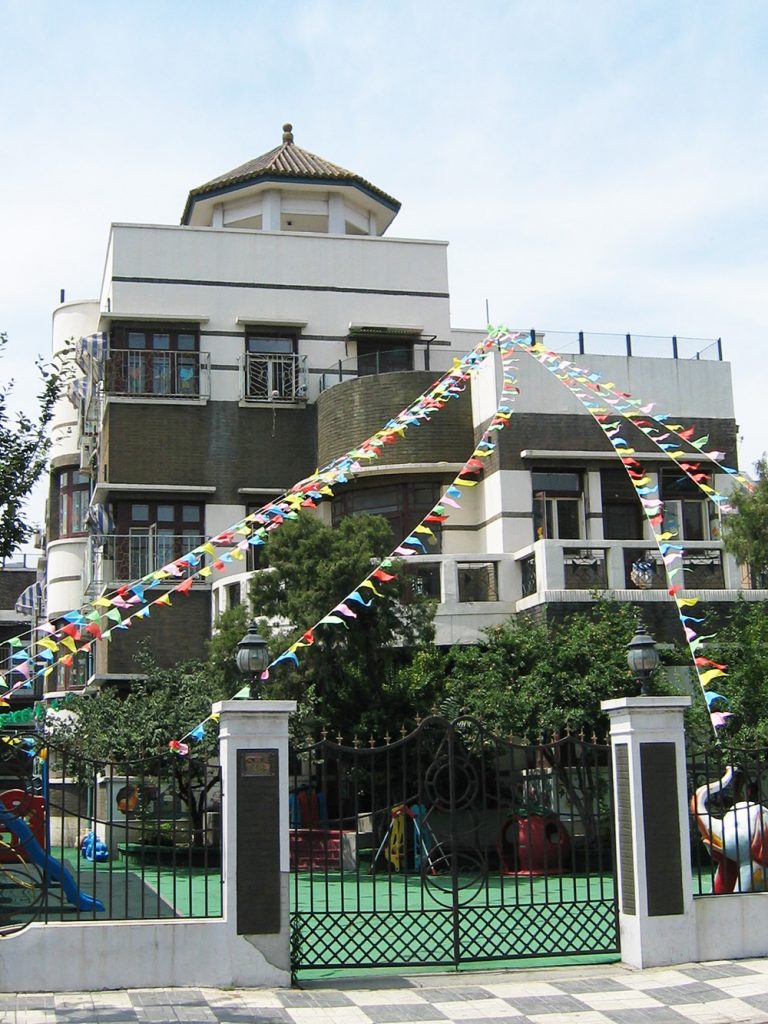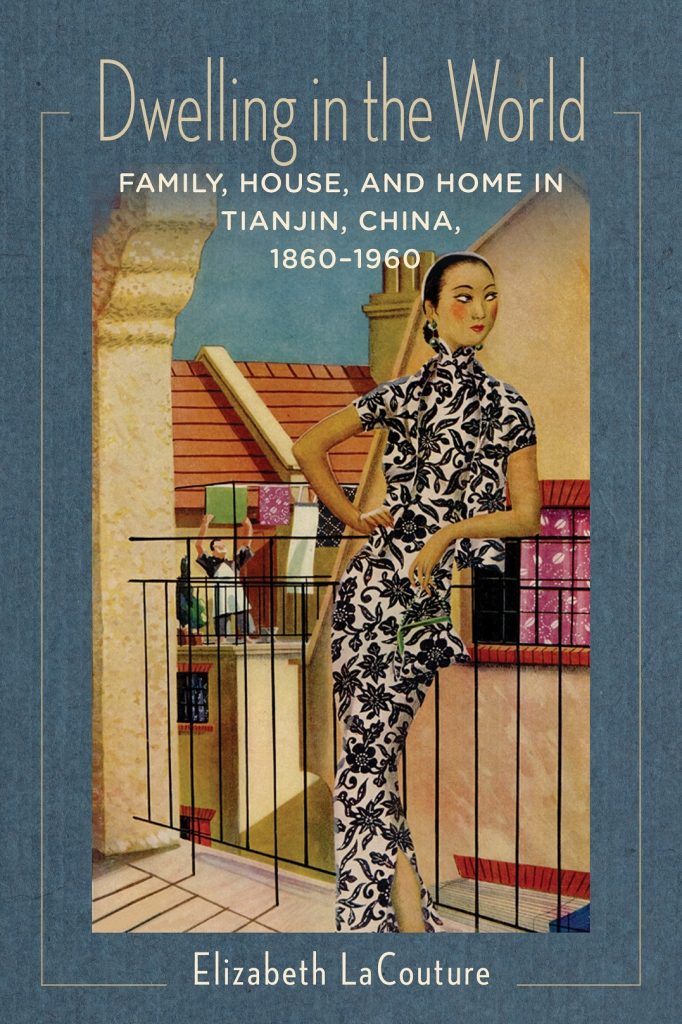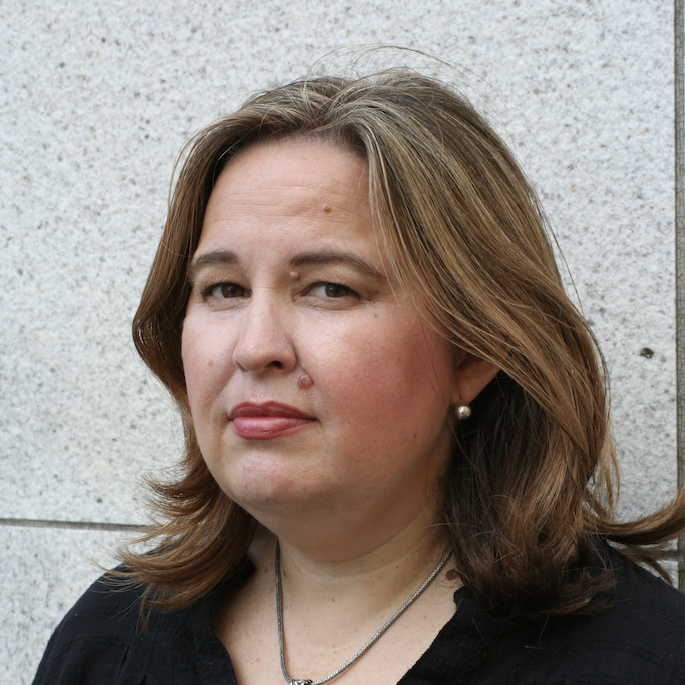May 2023 | Volume 24 No. 2
Modern Families in Turbulent China
The breakdown of order in the early 20th century in China placed many people in an uncertain position. The scholarly class lost relevance as the civil service examinations for mandarins were abolished. Foreign imperialism weakened the state, but also opened up economic opportunities in port cities. As people moved into these cities, family ties and social identities were challenged.
In the midst of all this, argues Dr Elizabeth LaCouture, Assistant Professor of History and Director of the Gender Studies Programme at HKU, in her book Dwelling in the World: Family, House, and Home in Tianjin, China, 1860–1960, individuals were finding new ways of living and piecing together a modern Chinese identity, with consequences for gender roles and ideas about house and home.
She uses the example of Tianjin to elucidate the changes. Tianjin was the second largest city in China at the time and had nine foreign concessions – Shanghai had only three – that had majority Chinese populations. Drawing on women’s magazines of the time, archives in Tianjin and overseas, surveys, the few available floorplans of buildings dating to the period and observations of the surviving colonial buildings, Dr LaCouture shows how new ideas of modernity, the nuclear family and gender identity infiltrated as people re-imagined their families and homes – in particular, the 20th-century idea of jiating, a term uniting family, house and home into one concept.
Gendered shifts
Tianjin was attracting smaller families and women there found they had more leisure time away from the duties of ritual-keeping and child-rearing in family compounds. Interior design became part of female knowledge, whereas previously it had been the domain of the male scholarly class.
Women also began to build new social networks by organising social activities that were widely covered in women’s magazines, such as parties, restaurant-going and theatre-going, although this transition was not always easy. Dr LaCouture cites the college entrance essay of a girl who enjoyed the objects of her middle-class urban life, such as her pet kitten and her record player, but also felt lonely and missed her extended family in the country.
“I hesitate to say women’s lives improved. I would call it enhanced agency. Many people living in cities in this period had space to figure out and define who they wanted to be and what they wanted families and home to look like,” she said. “There was less of that opportunity before and after this period, when you had more of a state-prescribed ideal of the role that women should play in nation building.”
Masculine identities were changing, too. “Chinese men at this time were forming ideas of masculinity around property ownership. This is something new. It used to be that property was owned by the family unit. The law changed in the 1930s and shifted property ownership to the individual. And this helped Chinese men forge an identity of individuality, especially when they fought for property rights. We might typically think of the home as a woman’s space, but house and home became central to masculine identity, too.”
A sum of the parts
Education was an equaliser, both in terms of economic classes and genders. “Some people had money, some had social capital, and some had educational capital, which enabled a kind of middle-class knowledge of how to live,” she said. A warlord may be able to buy a house in a foreign concession, but the educated daughter of a mid-level bank manager may have had a better idea of how to decorate and manage that home.

Warlord Chen Guangyuan’s house in the former British Concession in Tianjin.
Dr LaCouture argues that the process of change in individual lives contributed to defining modernity in Tianjin and perhaps China as a whole, as people mixed the old and new and East and West – for instance, placing Chinese pavilions atop modern British or Italian buildings. “The juxtaposition makes it unique. It’s a chimera – the parts are not fused but remain distinct. These things develop together in the Tianjin modern.”
Her insights into urban life earned her a Best Book Award in Non-North American Urban History from The Urban History Association in 2022. “Often in urban histories, women are on the sidelines, so I was very pleased with this recognition. It shows that when you put women at the centre of any genre of history, you make that genre better,” she said.

Dwelling in the World: Family, House, and Home in Tianjin, China, 1860–1960
Author: Elizabeth LaCouture
Publisher: Columbia University Press
Year of Publication: 2021
Many people living in cities in this period had space to figure out and define who they wanted to be and what they wanted families and home to look like.

DR ELIZABETH LACOUTURE

